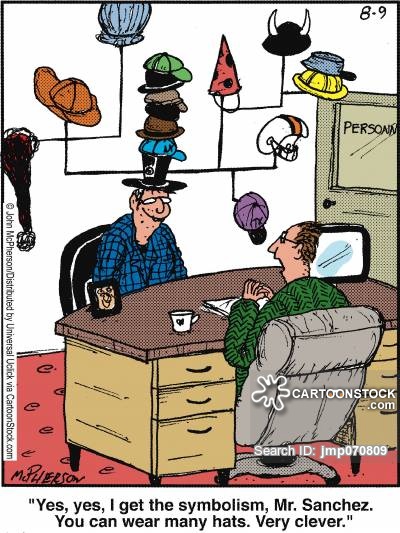Hi everyone,
1a. There are many events coming up in Canberra, so there is a lot to choose from. Two possibilities are:
– ACT Writer’s Festival
– Fashfest
1b. The inaugural ACT writer’s festival is taking place from the 26 – 28th of August at various locations around Canberra. Power, politics and passion are the themes of the festival and there are many different activities taking place from workshops, panel sessions, keynote addresses and book launches.
Fashfest is Canberra’s annual fashion festival celebrating arts and culture as well as designer fashion. It is held from the 29 September – 1 October and features two curated and themed shows each night.
1c. Once I select the event to cover I will contact the organisers to see if accreditation is required.
1d. The writer’s festival has many sessions on each day and doesn’t have an opening speech. I think the following events would be good to attend:
- ACT Book of the Year Award
- Coffee and Papers with the Canberra Times and Festival Authors
- Closing address
There are many events scheduled including book launches, interviews, panels and discussions. I will attend several of these also.
Fashfest will be holding two shows every night and there are behind the scenes tours and after parties. I would attend all the shows, and contact the organisers to see if I could do a behind the scenes tour.
1e. For the writer’s festival I would try and get quotes from one of the organisers, an attendee and some of the authors or speakers. For Fashfest I would try and get quotes from one of the designers, a model, an organiser and an attendee/fashion enthusiast!
1f. Planning is important for many reasons, the top three are:
- Time flies – You will miss key things if you don’t know what is happening. What are the main events and when are they happening? If you are efficient, you are open to other opportunities.
- Find the schedule and have a plan – this will make sure you don’t miss anything
- Check is accreditation is required
Other key points are:
- Research key facts and people – who are the main people, is there someone famous coming
- Research logistics and access – how will you get there, where do you park
- Be prepared
- Be ready to adapt as the event unfolds – be efficient and you will guarantee that you capture the story and also have opportunities to explore new avenues that open up.
1g. My plan is to be very organised with this event and have a copy of the schedule, which events I will be attending and who I would like to interview. I will have a schedule for myself which will include locations and time frames to ensure I don’t miss anything! I will contact the organisers and let them know what I am doing, and also ask if I can interview someone from the team, as well as finding out if there are other interviewing opportunities.
1h. I am leaning towards the writer’s event as I think this will be interesting to a variety of people, seeing as this is a writing course! There are so many interesting events scheduled and fascinating people and topics. I believe this would make a good story and provide a lot of material.
2a. The story is about a dog who was rescued from a dump and became a friend to the nurses in the remote community of Doomadgee.
2b. With his scruffy grey fur and missing teeth, Max the kelpie might not look like much of a superhero.
2c. Who – Max the kelpie
What – Max walks the nurses home who live off site
Where – Doomadgee
When – Now
Why – Not stated
How – Not stated
2d. I like human interest stories and I know it’s a light and fluffy kind of story but I thought it was really sweet. It reminded me of the story that the Red Dog movie was based on. The news is so overwhelmingly negative, with the worst of humanity constantly on display and terrible situations being reported on day and night. Sometimes it is great to see something heart-warming or positive. It was really sweet how the nurse adopted and looked after the dog, and then he started looking after the nurses. We need to be reminded that there are many good things happening in the world and acts of kindness and love happen every day, they just don’t usually make the news.
2e. http://www.abc.net.au/news/2016-08-01/unlikely-hero-of-doomadgee/7677286












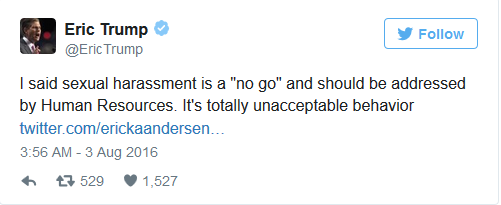
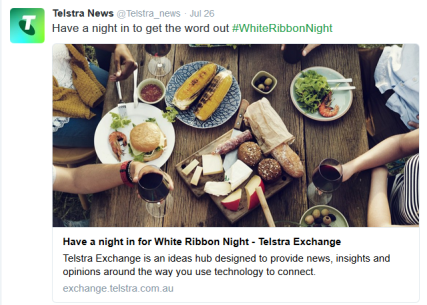
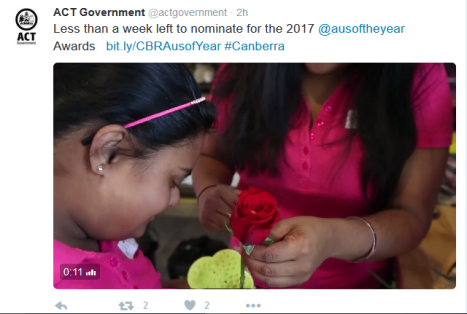

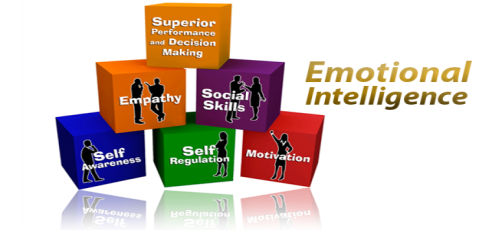
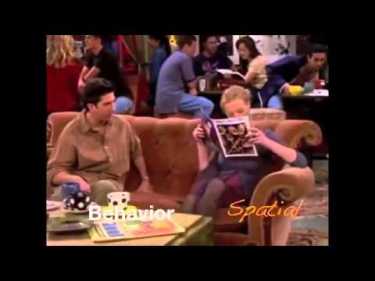 Some researchers estimate that 65% of communication is non-verbal. An exact percentage is hard to estimate but the consensus is that non-verbals are as, if not more important than words (Cenere et al 2015).
Some researchers estimate that 65% of communication is non-verbal. An exact percentage is hard to estimate but the consensus is that non-verbals are as, if not more important than words (Cenere et al 2015).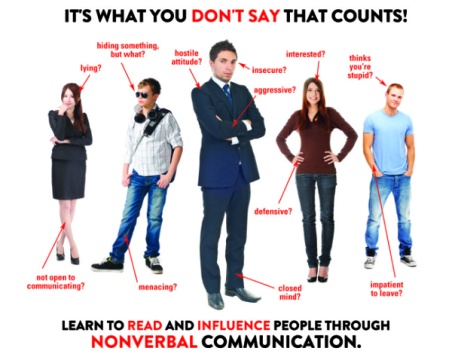 Non-verbal communication is not only important in speeches, but in every day interactions; ‘non-verbal communication regulates relationships and can support or even replace verbal communications in many situations’ (Deepika 2015, p. 43).
Non-verbal communication is not only important in speeches, but in every day interactions; ‘non-verbal communication regulates relationships and can support or even replace verbal communications in many situations’ (Deepika 2015, p. 43).